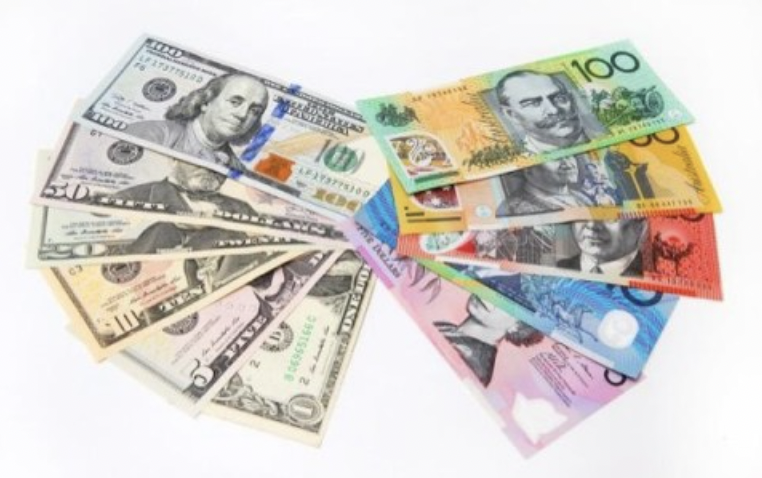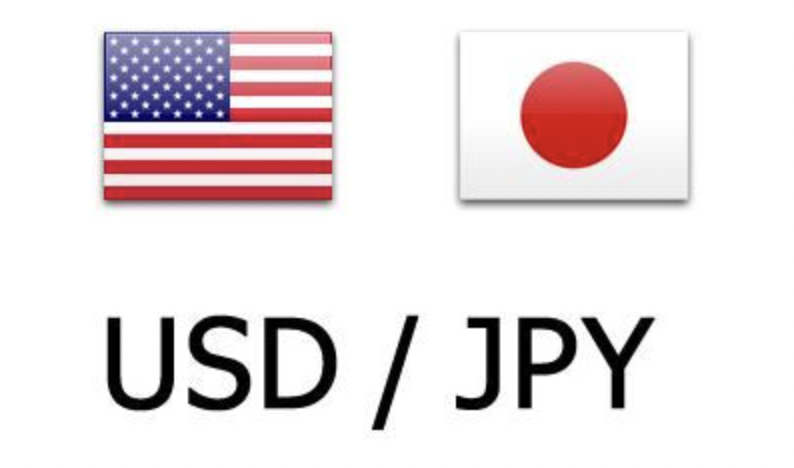
Daniel Rogers
Oct 26, 2022 15:36

In response to better-than-expected Australian Consumer Price Index (CPI) data, the AUD/JPY pair has reversed its quick advance to an intraday high of 94.78, resulting in a selling tail in the Tokyo session.
The Australian Bureau of Statistics reported that the headline Consumer Price Index (CPI) for the third quarter of CY2022 was 7.3%, which was higher than the 7.0% expected and the 6.1% previously reported. In addition, the quarterly inflation rate has matched the prior estimate of 1.8% and above predictions of 1.5%.
Notable is the fact that the inflation rate has surpassed the RBA's September projection of 7.0 percent. The Reserve Bank of Australia (RBA) will be compelled to resume its previous rate rise streak of 50 basis points (bps), which has increased the likelihood of a further decline in growth forecasts.
Governor Philip Lowe trimmed back the rate hike to 25 basis points at the RBA's October monetary policy meeting in order to sustain economic optimism and counteract rising inflationary pressures.
In the interim, the cross is still a considerable distance from Monday's knee-jerk reaction of about 95.44. The inactivity of market participants is a result of the potential intervention of the Bank of Japan (BOJ) in the currency markets against disruptive developments impacting the Japanese yen.
Friday's announcement of the Bank of Japan's interest rate decision will be the most significant event of the week. In view of the global economic demand shocks, Haruhiko Kuroda, governor of the Bank of Japan, may opt to maintain a loose monetary policy.

Oct 26, 2022 15:31

Oct 27, 2022 15:28